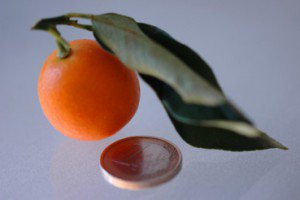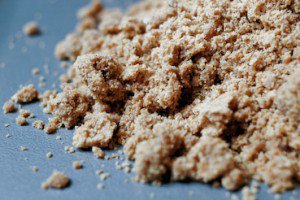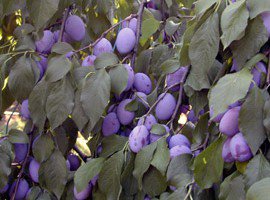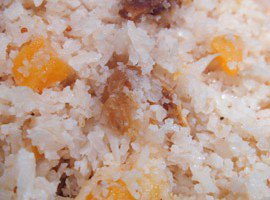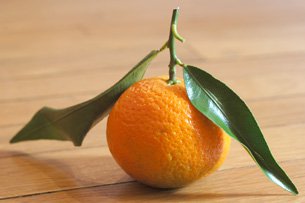
Hold the fruit lightly in your left hand. With the edge of your right thumb nail, cut a slit through the thin skin, close to the stem. Pull the skin up and away carefully, trying to pluck most of the white strands from the little nostril. Keep tearing at the thin peel, working your way down and around, until the clementine is completely naked. If it is still clutching a few scraps of pith out of modesty, remove those too. Pull the fruit gently apart in two halves, separate each segment and pop them into your mouth, one by one.
Thin-skinned pulpy bites bursting open on your tongue, the juices sweet and fresh and acidulated like candy. And afterwards, all afternoon, that lingering smell on the tip of your fingers. Orange-blossom essence with a hint of bitterness, a fragrance of crisp, bright winter days, for the sake of which you would happily volunteer to peel your friends’ clementines at the school cafeteria — and still do now with your boyfriend.
What distinguishes the Corsican clementine from other varieties of clementines? It is the only clementine produced in France — Spain and Morocco being our top two suppliers — and it can be found on markets and fruit stalls between November and January. Small, delicate and juicy, its segments are snugly enclosed in a thin smooth skin. Its peel displays a slight green tinge early in the season — nothing to do with jealousy or being picked too soon, this happens when fall nights aren’t cold enough to turn the chlorophyll into orange pigment.
Good-natured like all clementines (a sub-variety of mandarins), it has no seeds and is easy to peel. Perhaps even more characteristically, the Corsican clementine is hand-picked and sold with its thin, deep-green leaves still attached, lending it a definite air of elegance, and giving the wise consumer a unmistakable indication of the fruit’s freshness.
This year is a good year for quality, but not quantity — the annual crop will be about fifteen thousand tons instead of the average twenty — so if you stumble upon a crate of these bright jewels, snatch it while you can. Keep the fruit at room temperature and eat them within five days or so: on their own, or use them to make marmelades, salads, a sauce for game, candied peel, etc.



